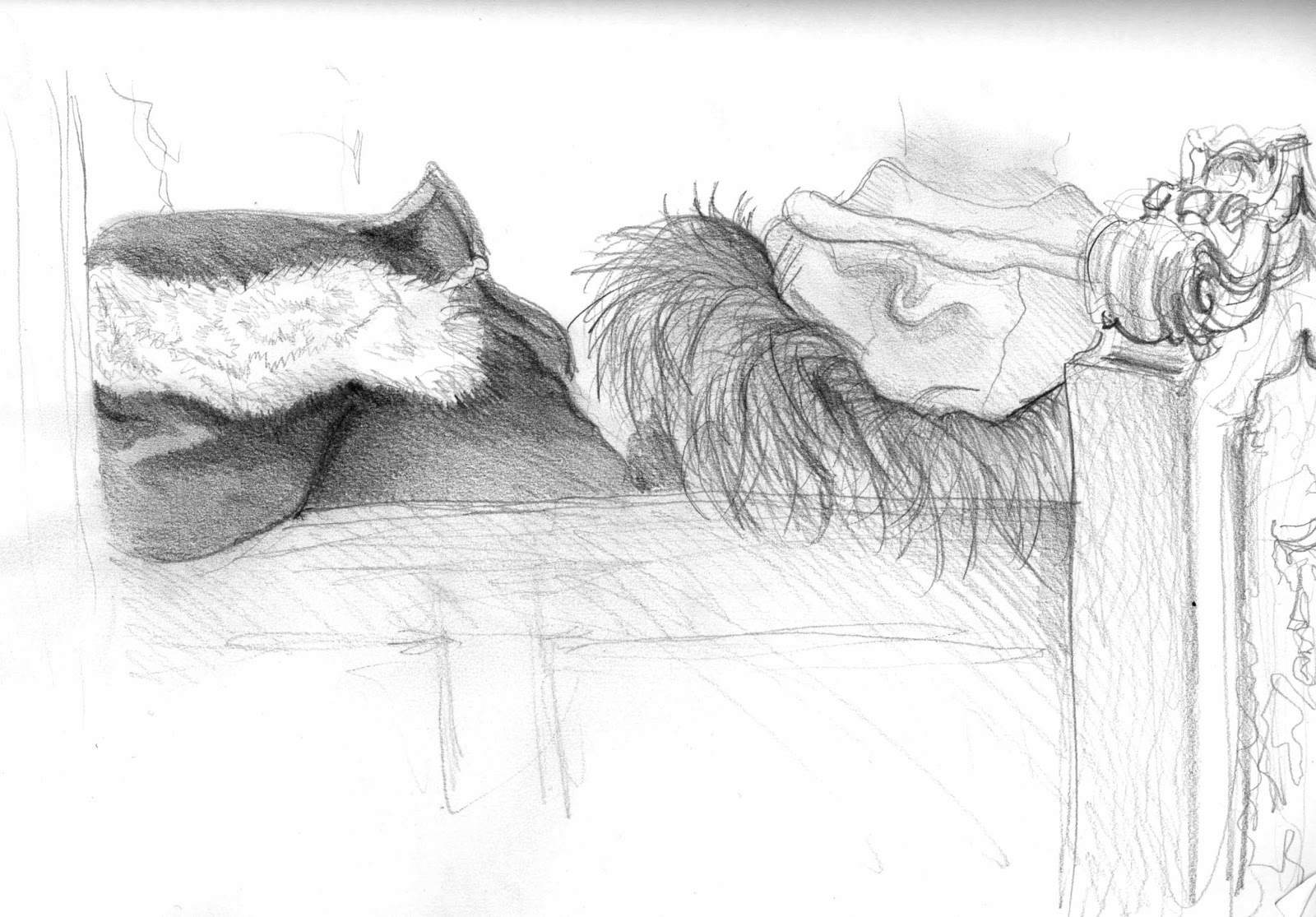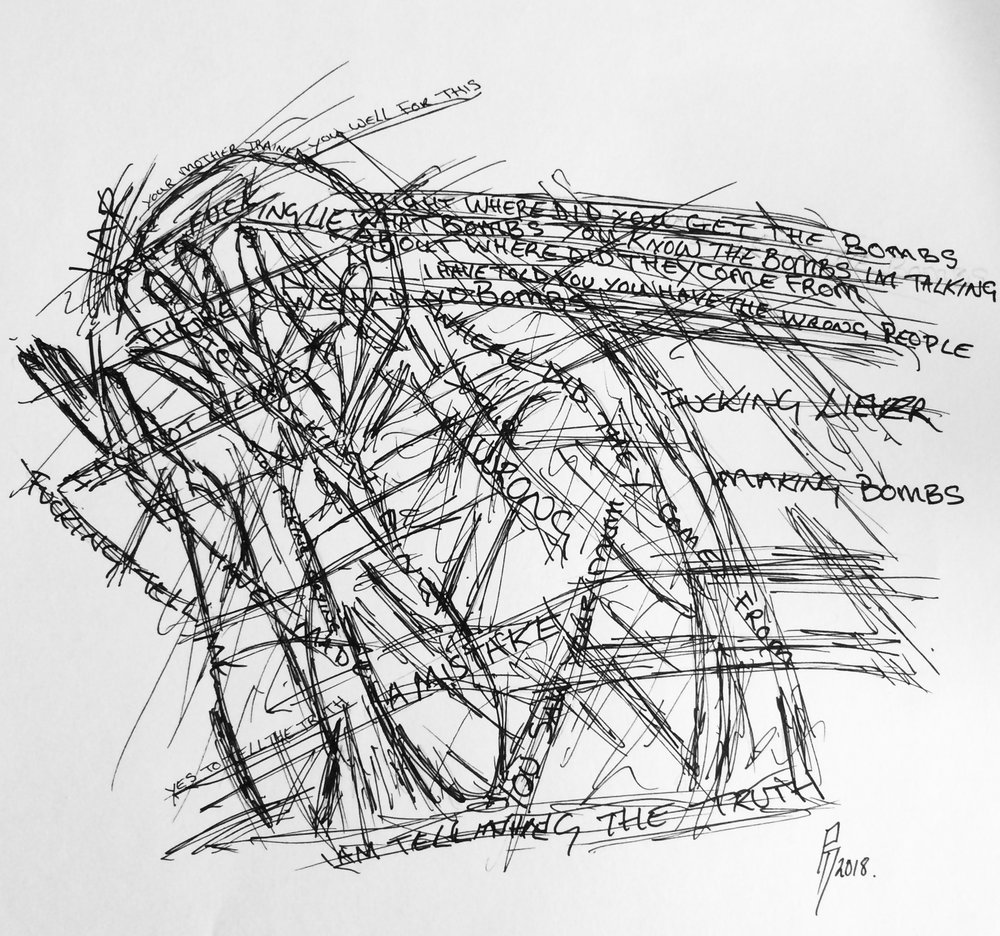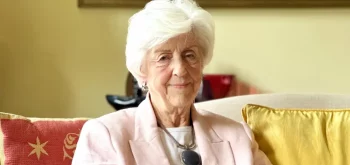It has been a long wait prisoners and their friends and family, after the landmark Supreme Court decision in February that seemingly reformed the doctrine of joint enterprise. Today, the hopes of so many were crushed after the Court of Appeal denied leave to appeal to the 13 defendants in six separate cases.
You can download the judgment in R v Johnson & others here.

The JENGbA families at the Jogee ruling in the Supreme Court in February
On a sunny February morning, Lord Toulson, of the Supreme Court, ruled the law of joint enterprise took a ‘wrong turn’. For the last three decades, jurors had been misinformed of the law when deciding whether secondary parties – i.e., those who encouraged or assisted but did not carry out a fatal act of violence – could be convicted of murder.
As the Court ruled in paragraph 87 of its judgment, the ‘error was to equate foresight with intent to assist, as a matter of law; the correct approach is to treat it as evidence of intent’. This means that to be convicted of an offence, it must be proved that all defendants intended for that act to occur.
In the trial courts, the effect of this judgment was immediate and powerful. Just a few weeks after the Supreme Court decision a trial judge ruled that there was no case to answer and acquitted defendants, Khalid Hashi and Hamza Dodi of murder. The Crown Prosecution Service did not oppose the application on the basis of the recent Supreme Court decision.
In the appeal courts however, the situation has been much more complicated. Last June, the Court of Appeal considered the appeals of 13 defendants the majority of whom had brought their appeals out of time.
Where an appeal is brought outside of the 28-day limit, the appellant must seek exceptional leave to appeal to the Court of Appeal. Leave to appeal will be granted ‘if substantial injustice be demonstrated, but it will not do simply because the law applied has now been declared mistaken’ (paragraph 100). Here the Supreme Court handed the baton back to the Court of Appeal to set the boundaries as to the types of cases that should now have their convictions vacated.
No justice, no peace
Today, the Lord Chief Justice showed how difficult it will be for defendants seeking to rely on the Jogee decision to lodge a fresh appeal. Sitting alone and looking out across benches of men and women wearing JENGbA’s trademark red t-shirts, he read out a short statement denying leave to appeal to all thirteen defendants. He reached the end of the judgment to sounds of a woman sobbing in the corridor. Shouts of ‘no justice, no peace’ were made as the judge walked out of the courtroom.
At paragraph 21 of the judgment, the Court stated that in deciding whether ‘that high threshold is met, the court will primarily and ordinarily have regard to the strength of the case advanced that the change in the law would, in fact, have made a difference’. It then goes on to distinguish between types of cases, violent crimes that involve the use of a weapon and those that do not involve a use of force. The Court considered that ‘it may well be easier to demonstrate substantial injustice” in non-violent offences than in violent ones where the use of weapon gives rise to ‘an inference of participation with an intention to cause really serious harm’.
A surprising conclusion given that the Supreme Court ruled that Ameen Jogee, who was convicted of a murder that involved the use of a weapon, should have his original conviction quashed and ordered a re-trial. Last month a jury convicted him of manslaughter.
Factors not to be taken into account when considering ‘substantial injustice’ include the length of time that has elapsed before mounting an appeal (paragraph 21) and the sentencing remarks made by the trial judge (paragraph 22).
The judgment closes by asking the question:
Can it therefore be said that there is a sufficiently strong case that the defendant would not have been convicted of murder if the law had been explained to the jury as set out in Jogee?
Paragraph, 191
It is unclear here whether the Court of Appeal is applying the ‘substantial injustice test’ or the ‘safety’ test, or are applying a different standard altogether.
With the number of prisoners hoping to launch a fresh appeal and the narrowness of the Court of Appeal’s interpretation of ‘substantial injustice’, there seems little doubt that there will be further legal challenges to the joint enterprise doctrine to come.






